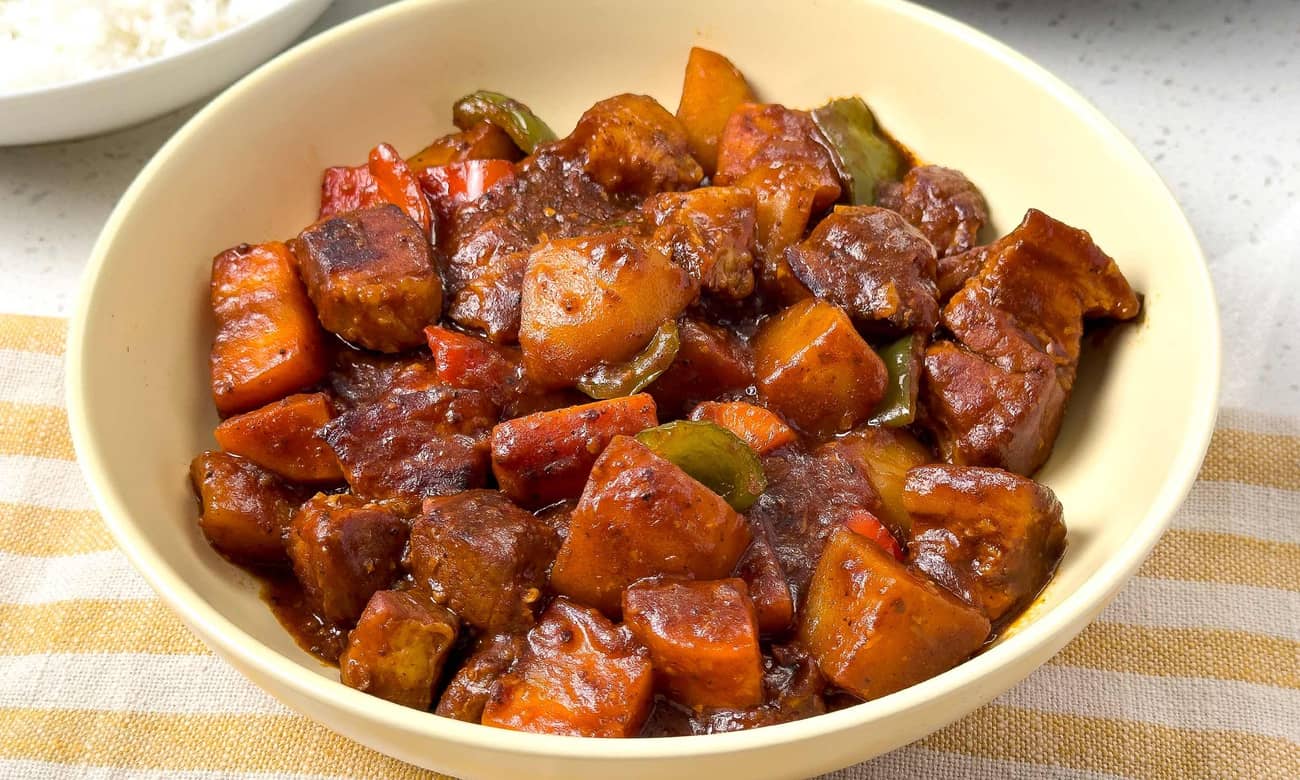
Never choose between sigarilyas (winged beans) and sitaw (long beans) again. Using both gives this gising-gising some textural variety.
Sigarilyas or sitaw? Gising-gising, the Filipino dish of pork and veg cooked in spicy coconut milk, has room for two vegetables. We say use both. A quick simmer lets both beans soak up the sauce while retaining a bit of crunch. Using sliced pork belly instead of ground meat adds heft and a contrast of texture.

Gising-gising hails from Bicol, a region popular for its spicy coconut-based stews. This dish consists of red chilies and thinly sliced green beans (sitaw) or winged beans (sigarilyas) cooked in coconut cream, sometimes with pork. The name translates to "wake up, wake up".
Sigarilyas goes by many names, like winged beans or asparagus beans (because of its asparagus-like flavor) in English. In Southeast Asia, they’re called dragon beans or four-angled beans because of their frilled, wing-like edges.
Sitaw, or long beans in English, is a slender, whip-like bean variety different from Baguio beans or green beans, which are shorter and more tender.
Both vegetables have a slight crunch that make them great in stir-fries and saucy, simmered dishes (like gising-gising!).

We don't just copy random recipes. We taste test every single one.
Easily search and save your favorites.
Chefs develop our food with techniques made easy for home cooks.
Slicing vegetables to the same length helps them cook evenly. Irregular cuts may cause some of your veg to overcook while undercooking others.
For this recipe, we sliced our sigarilyas and sitaw into the same small, bite-sized pieces at least ¼-inch thick.
